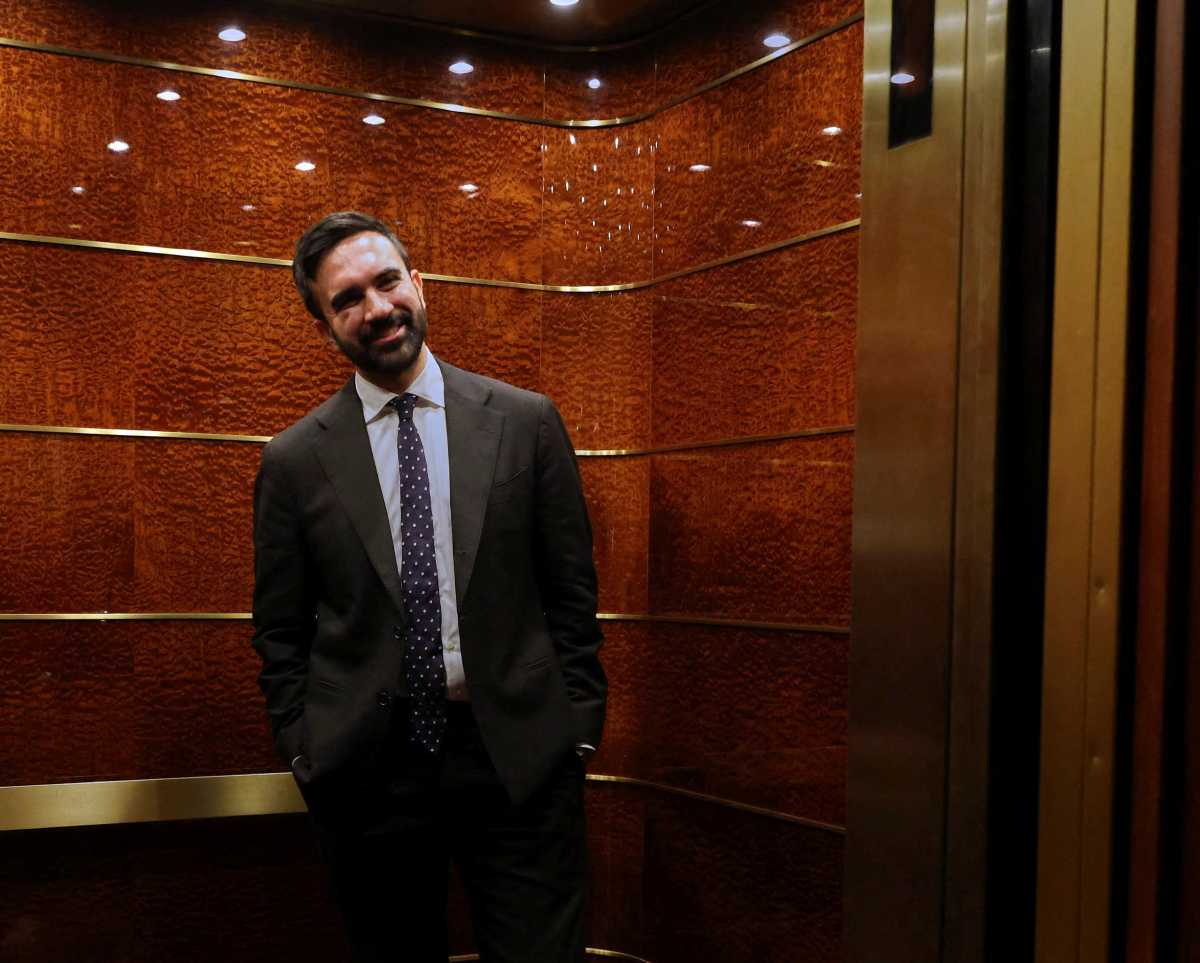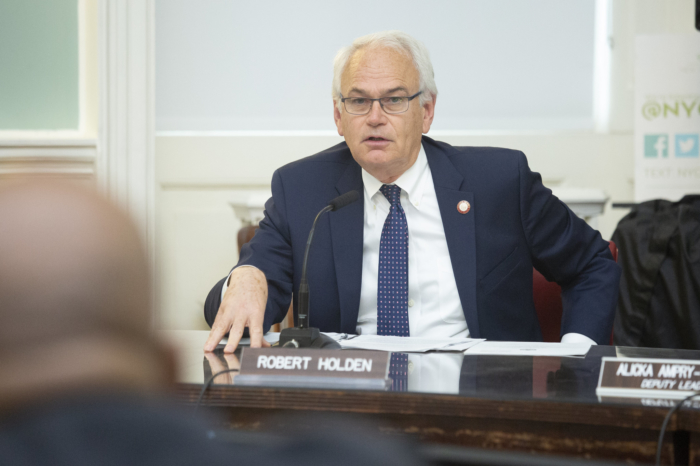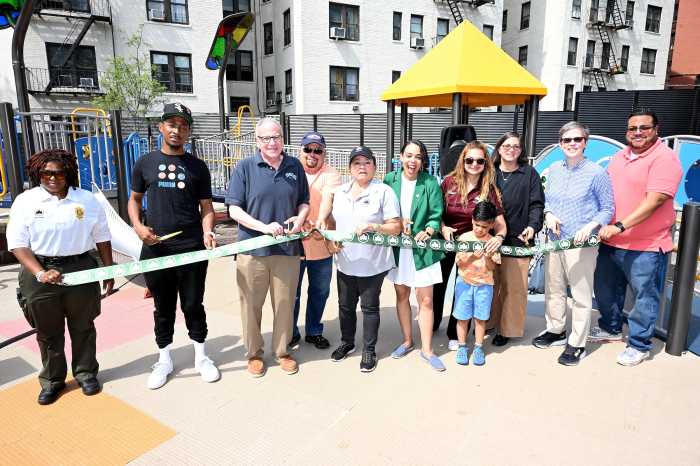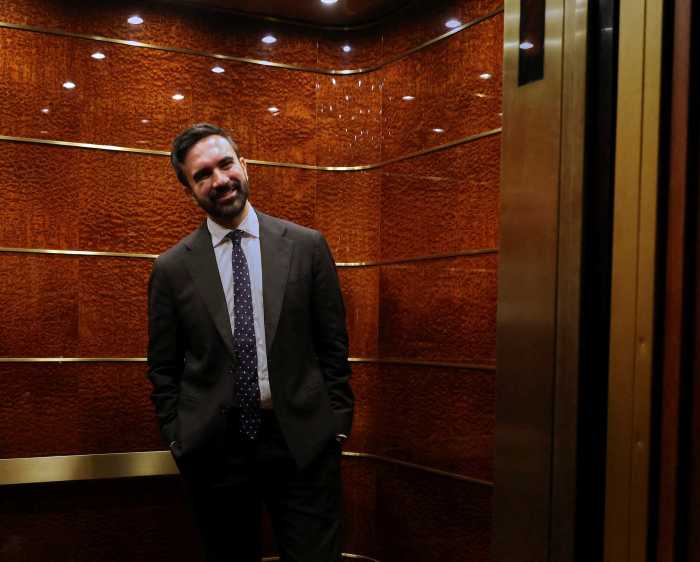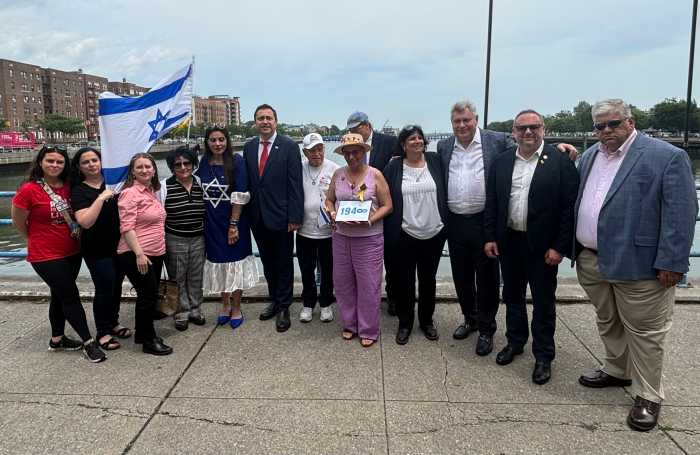By Graham T. Beck
The year 2007 may prove to be one of the most important years in the storied history of New York City’s development. In a future timeline of urban advances, it might be printed in as big a font and as bold a type as 1811 — when the grid system was adopted — or 1904 — when the I.R.T. subway opened. The text adjacent to 2007 could say something like “the start of livable streets,” or “the bike boom begins,” or “congestion pricing kicks off.” It may turn out that all of those descriptions may suit 2007. The real question is, in hindsight, will they?
For 2007 to be remembered as any of those things, for it to live up to its historic potential, elected officials, advocates and community-minded citizens must make sure that the promise of safe, sustainable and livable streets is not lost to laziness, special interests or complacency with the status quo. In short, 2007 will only be remembered as great if the year 2008 is filled with citizen action and courageous policy decisions.
The most immediate and potent issue in front of sensible planning-minded New Yorkers right now is congestion pricing. If the City Council and the State Legislature approve the Traffic Congestion Mitigation Commission’s proposed plan, New York City will become a much better place for transit users, walkers, bicyclists and those that need to drive. The money generated by congestion pricing and the federal grants associated with its passage will fund transportation projects that are essential to the growth and economic well-being of New York City and the region. The street space opened up by the significant reductions in vehicle volumes in all five boroughs — upward of 30 percent in some of the most congested areas — will make more room for hundreds of new high-speed buses, scores of new pedestrian amenities and miles and miles of safe, protected bike lanes. Of course, for any of these landmark changes to happen, our elected officials need to stop playing politics and counting next year’s votes and start passing legislation that makes sense.
Safe Streets for Seniors is another 2007 proposal that needs solid efforts in 2008 to live up to its potential. This groundbreaking program aims to make 25 areas around the city more amenable to the needs of older New Yorkers.
Safe Streets for Seniors means longer pedestrian crossing times at wide and dangerous intersections, better maintained curbs and sidewalks and narrower streets that are less likely to foster speeding and reckless driving. In other words, Safe Streets for Seniors means safer streets and better walking for the elderly, as well as for everyone else. It means an end to the horrible headlines and tragic tales of pedestrians killed by dangerous traffic. It means a stop to the death-a-day statistics that haunted our city a decade ago. If this program is expanded, well funded, vigilantly monitored and applied where it is needed most, millions will see the positive impacts of traffic calming and streets designed to move people first and foremost.
Car-free days and planned street closures also gained momentum in 2007, and if they’re handled well in 2008, New York could see their benefits blossom. London, Paris, Bogota and many other cities around the world have already realized the social and economic potential of well-orchestrated street closures. Neighbors can chat, visitors can shop, children can play — it’s a mini-vacation — and the next day life goes on as usual. In 2007 it worked along the Grand Concourse in the Bronx and in 2008 it can work well in other areas around the city.
If 2008 picks up where last year left off and the city commits to installing long-term, safe bicycling routes, we could see a functional network of protected bike paths that facilitate and encourage sensible cycling. We could see biking move from a small piece of the commuter pie to a substantial slice, big enough to unburden some more crowded modes. We could see the 500,000 cyclists that want to bike to work freed from their fears and the 130,000 New Yorkers that already commute by bike each day embraced as an everyday part of the city.
The Ninth Ave. protected bike lane is a step in the right direction, but it needs to be intersected and complemented by many more protected lanes that form a safe and secure network for occasional cyclists and the growing number of everyday bike commuters. In order for that to happen, the city needs to commit street space to bike infrastructure plans beyond painting white lines on pavement. It needs to embrace a holistic model that fully integrates bikes into the larger fabric of New York City.
Parking, a less obvious but equally important planning issue, saw the start of reform in 2007, as well. Parking is the Trojan horse of urban planning. It enters the neighborhood unnoticed, even appreciated, but as time goes on and more cars appear, it begins to steal valuable street space, encourage double- and triple-parking and create traffic tie-ups because drivers are cruising for those elusive free spaces. Recently, a variety of common-sense solutions to our parking problems have come to light, like equalizing the disparity between garage costs and on-street parking costs. If we want 2007 to be remembered as the watershed year that it could be, we’ll need to make sure that parking policy reform continues on track and that these programs move from the drawing board to the street as soon as possible.
Well-laid plans and auspicious starts can make for great beginnings, but if New York City wants 2007 to be a real turning point, it will take sustained efforts and serious next steps in 2008. The possibilities that lie ahead come around rarely, and to miss the chance to make our future as great as it could be would be a shame of untold proportions. The city stands to gain safer and more sensible streets for walkers, bikers, business people, transit riders and those who need to drive. If we don’t make these necessary changes, the city stands to lose its status as a top-tier global center.
The choice is up to us and our elected officials, our neighbors and friends. If we want to keep New York City a place where walking, taking public transit and bicycling are rational and desirable options, we’ll have to work hard in the coming months and years.
Beck is managing editor of Transportation Alternatives’ StreetBeat publication.
















